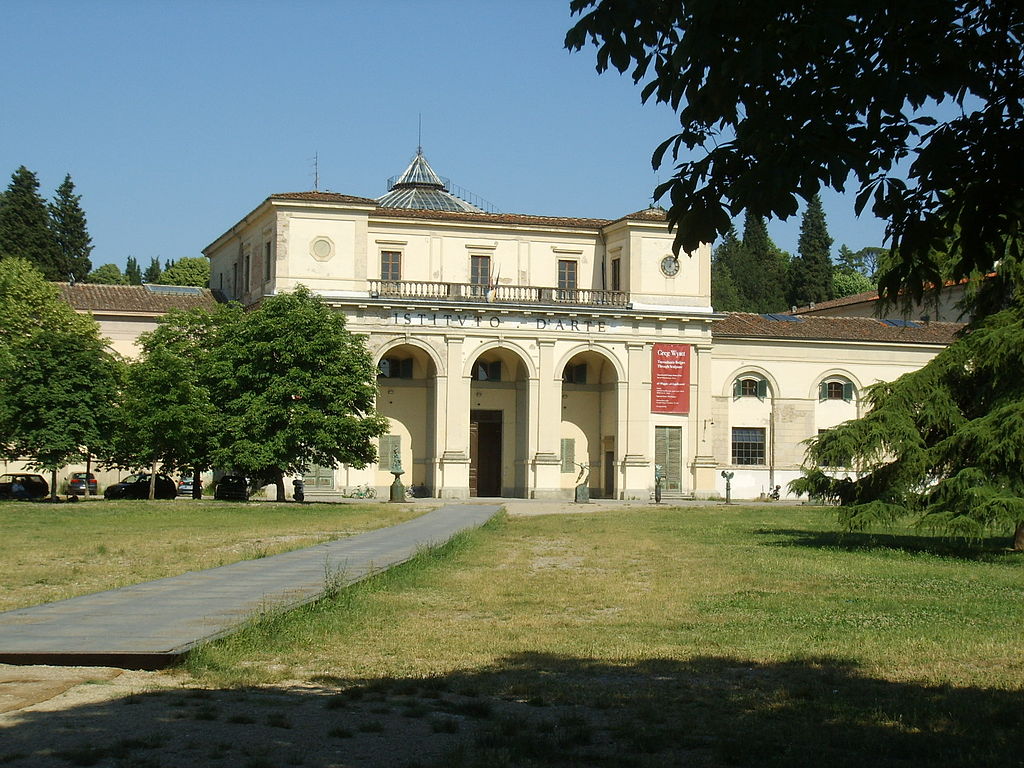


The Institute, born in 1869 in the Santa Croce district as a "School of wood carvers, cabinetmakers and Legnajuoli", which later became the "Professional School of Decorative and Industrial Arts" in 1880, was transformed in 1919 into a school that could respond to requests from the territory and the labor market in the field of cultural, artistic and technical training.

Since 1923, with the transfer of the Institute to its current location in Porta Romana, a monumental building within the Parco della Pace, built to house the Royal Stables of the Pitti Palace, and with the reorganization, following the Gentile reform, 'inaugurates a phase of great vivacity on the cultural and didactic level.

The school becomes a valuable training tool for an artisan aristocracy and an elite of teachers, art school directors, recognized artists such as Libero Spartaco Andreotti, Bruno Innocenti, Pietro Parigi, Guido Balsamo Stella. In this period, the Institute is present at exhibitions and reviews of national importance, such as the Triennali di Milano. The second post-war period saw an expansion of the school mainly due to an increase in the number of students, the opening of new sections and the introduction of new cultural subjects. To meet the needs of this new reality, the Ministry of Education in 1970 authorized the establishment of an experimental two-year period, satisfying the request of students and teachers to extend the course of study from three to five years, with the achievement of the Diploma of Maturity of Applied Art.

In 1992 the Ministry of Education, at the request of the OO.CC. of the school authorizes the establishment of an Autonomous Experimentation Course which accompanies the degree course and which, through the expansion of the cultural and theoretical basis, allows the maintenance and revitalization of the technical-artistic culture. school a study and research of one's own historical identity to recover the awareness of tradition, protect the historical-artistic heritage, increase and renew the capacity of cultural and educational offer.

Numerous artists, decorators, set designers, architects and designers, fashion stylists and costume designers, have studied and taught in the ancient School of Decorative Arts in Santa Croce or, in the following years, in the State Institute of Art of Porta Romana, to name a few names: Sandro Chia, Galileo Chini, Fernando Farulli, Marcello Guasti, Leonardo Mattioli, Ottone and Bruno Rosai, Armando Spadini, Giuliano Vangi, Lucio Venna, the stylist Enrico Coveri, the director Franco Zeffirelli, the costume designers Anna Anni and Gabriella Pescucci, prize Oscar in 1994 for the film "The Age of Innocence". The text "History of the Art Institute (1869-1969)" edited by Vittorio Cappelli and Simonetta Soldani, Florence, Olschki, 1994, provides more accurate information about it.
Art School of Porta Romana - Royal Stables
Address: Piazzale di Porta Romana, 9, 50124
Phone: 055 220521
Site:
http://www.artisticoportaromanafirenze.gov.it/Location inserted by
Gloria Romoli